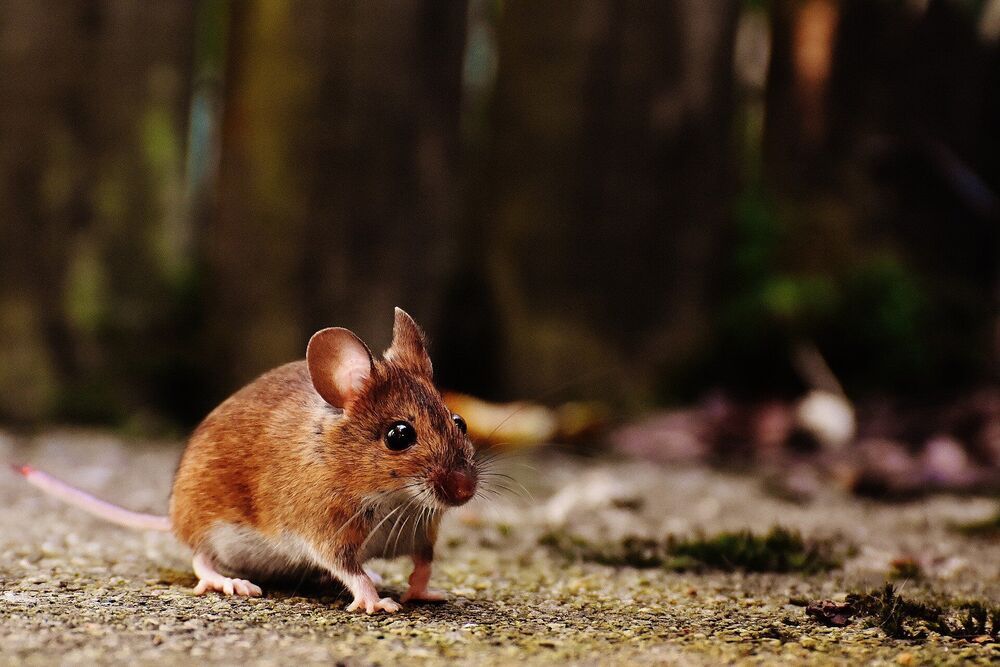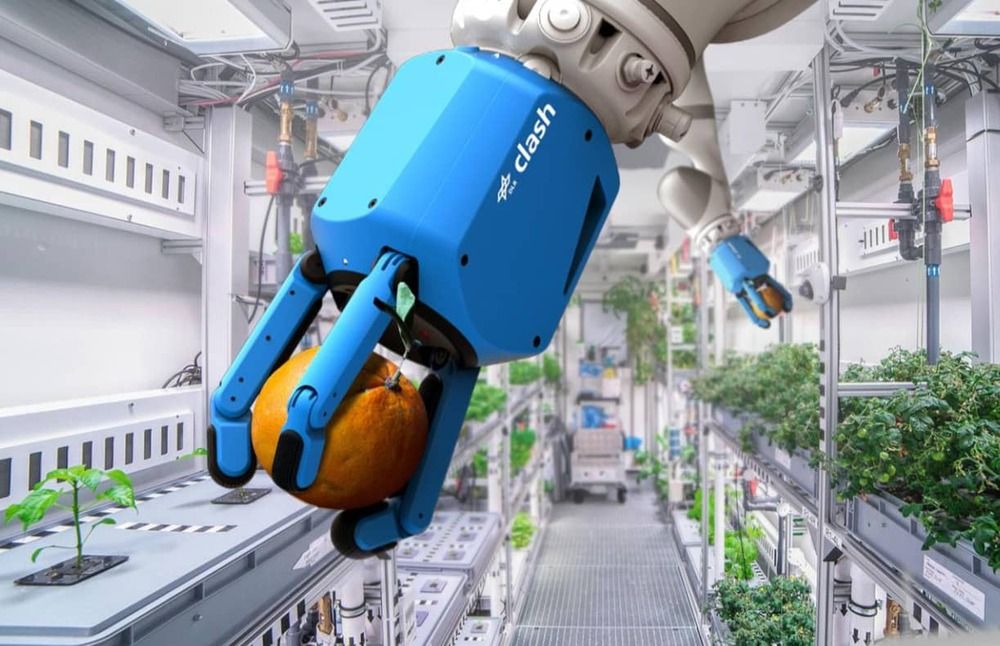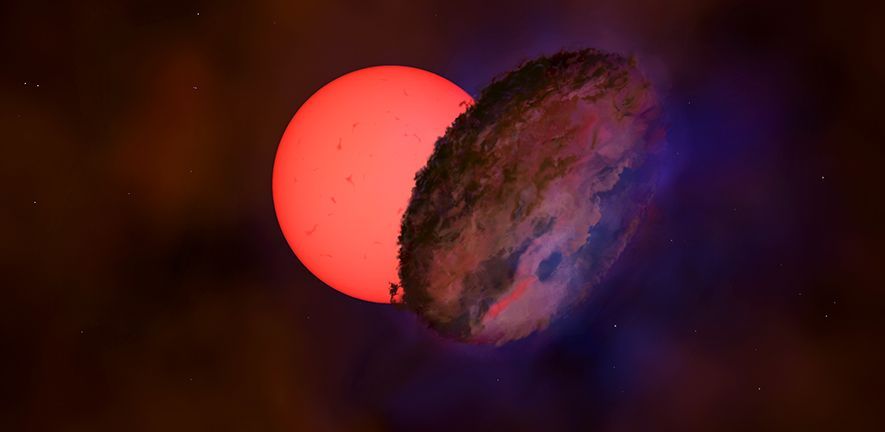Experts predict that we’ll be able to live up to 20% longer over the next 100 years. Here’s how humans are trying to live forever. Andrea Schmitz and Benji Jones Apr 3, 2019, 12:00 PM @ These potential treatments for aging could unlock cures to a range of age-related illnesses, from cancer to heart disease – Charlotte Hu Aug 20, 2018, 1:21 PM @ Animals that defy the rules of aging — like naked mole rats — could help scientists unravel the secrets to longevity – Charlotte Hu Aug 15, 2018, 2:54 PM @ Everything you thought you knew about aging is wrong – Erin Brodwin Apr 27, 2016, 12:13 PM *© 2021 Insider Inc. @ Other very important information, images, YouTube Videos (Ray Kurzweil – Physical Immortality – 3 de jan. de 2017 & Ray Kurzweil + Disruptive Technologies and Dangerous Ideas – 5 de dez. de 2017), websites, social networks and links.
Get the latest international news and world events from around the world.
Apollo Project for Water
With the drought in the west it is time to consider an Apollo Program to produce clean water. Breakthroughs in processing lithium and with graphene-based desalination membranes may point the way. (Meant to say almost 20 Million people — needed some coffee tonight!)
See the Special Deals at My Patriot Supply: www.PrepWithGreg.com.
Green Gregs has teamed up with True Leaf Market to bring you a great selection of seed for your spring planting. Check it out: http://www.pntrac.com/t/TUJGRklGSkJGTU1IS0hCRkpIRk1K
See my sister channel Galactic Gregs: https://www.youtube.com/channel/UCmigPwwtQbetT7aVa9ToRuA
Support freedom: FreedomRestorationFoundation.org.
To join the Freedom Restoration Foundation (FRF) email: info@ FreedomRestorationFoundation.org.

Bone, not adrenaline, drives fight or flight response
When faced with a predator or sudden danger, the heart rate goes up, breathing becomes more rapid, and fuel in the form of glucose is pumped throughout the body to prepare an animal to fight or flee.
These physiological changes, which constitute the “fight or flight” response, are thought to be triggered in part by the hormone adrenaline.
But a new study from Columbia researchers suggests that bony vertebrates can’t muster this response to danger without the skeleton. The researchers found in mice and humans that almost immediately after the brain recognizes danger, it instructs the skeleton to flood the bloodstream with the bone-derived hormone osteocalcin, which is needed to turn on the fight or flight response.

Big Tech Is Going Public in India
That could reshape the Indian market, which has very few internet companies. While big tech firms are among the largest listed companies in China and the U.S., energy, financials and IT outsourcers currently dominate the Indian market. Reliance Industries —India’s biggest listed company, controlled by the country’s richest man—is pivoting away from oil and gas and last year secured investments from Facebook and Google for its tech unit, Jio Platforms.
Companies such as Zomato, Flipkart and fintech giant Paytm are considering initial public offerings in what could be a transformative moment for India’s stock market.

Meet the Mayflower, the Robot Boat Crossing the Atlantic in 2021
The new Mayflower, set to traverse the Atlantic in 2021, won’t bear any pilgrims. It’s a robot boat, sailing sailor-free.
2 Drugs Show Promise Against Blood Cancers
Ibrutinib, obinutuzumab slowed progression of common leukemia, non-Hodgkin lymphoma.
From the WebMD Archives.

House of Space: San Benito man commissions home tribute to SpaceX, Elon Musk
SAN BENITO — Willie Rosales Jr. grew up in San Benito, and he never imagined the Valley would become a hub for space travel.
Inspired by all the SpaceX rocket activity near Boca Chica Beach, along with Elon Musk’s vision for the area, Rosales decided to turn his home into a tribute.
“My intentions are for travelers to visit San Benito, and I wanted to pay homage to Elon Musk,” he said.

Space agencies are learning how to make food on Mars and the moon
As Elon Musk and Jeff Bezos rocket companies lead a new space race, NASA is working on AI and robotics to farm space plants and feed interplanetary humans.
Creating Tiny AI/ML-Equipped Systems to Run at the Extreme Edge
One of my favorite science fiction authors is/was Isaac Asimov (should we use the past tense since he is no longer with us, or the present tense because we still enjoy his writings?). In many ways Asimov was a futurist, but — like all who attempt to foretell what is to come — he occasionally managed to miss the mark.
Take his classic Foundation Trilogy, for example (before he added the two prequels and two sequels). On the one hand we have a Galactic Empire that spans the Milky Way with millions of inhabited worlds and quadrillions of people. Also, we have mighty space vessels equipped with hyperdrives that can convey people from one side of the galaxy to the other while they are still young enough to enjoy the experience.
On the other hand, in Foundation and Empire, when a message arrives at a spaceship via hyperwave for the attention of General Bel Riose, it’s transcribed onto a metal spool that’s placed in a message capsule that will open only to his thumbprint. Asimov simply never conceived of things like today’s wireless networks and tablet computers and suchlike.

Astronomers Find a Blinking Star Near the Center of the Milky Way
In this week’s edition of new unexplained astronomical phenomena, a team of astronomers led by Dr. Leigh Smith from Cambridge found a star 100 times larger than our sun that nearly disappears from the sky every few decades. They also have no idea why it does so.
The star, called VVV-WIT-08, is located 25000 light years away, and decreases in brightness by a factor of 30 rather than disappearing altogether. It’s not the first star to be discovered with this changing brightness pattern, but evidence is beginning to mount that this might just be another example of a new class of stars.
VVV-WIT-08’s name itself is calling out for an explanation. The “WIT” in the middle actually stands for “what is this”, which is what astronomers call stars that are difficult to classify into any particular established category.